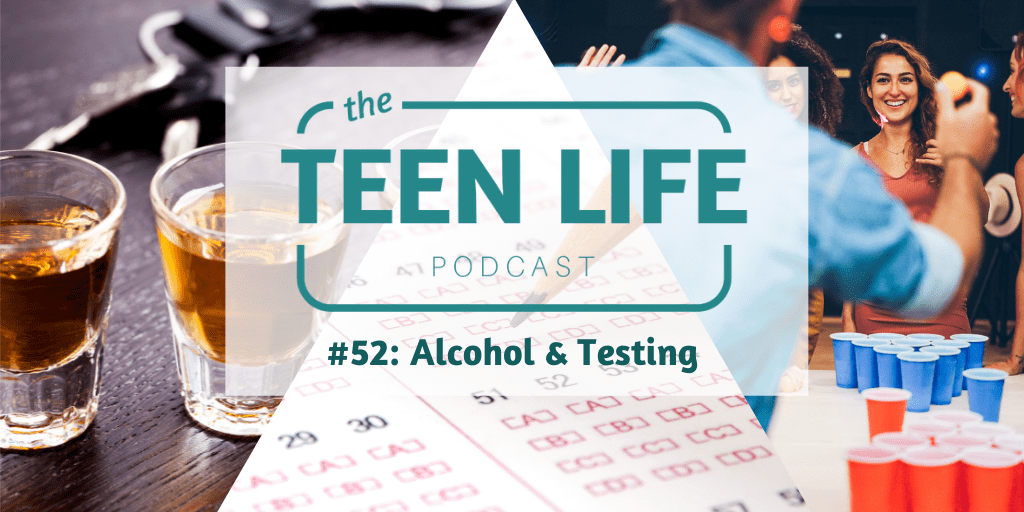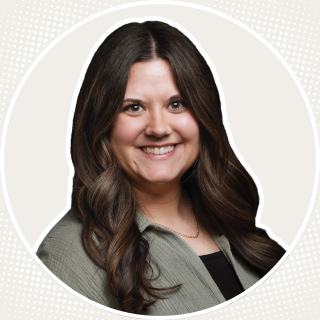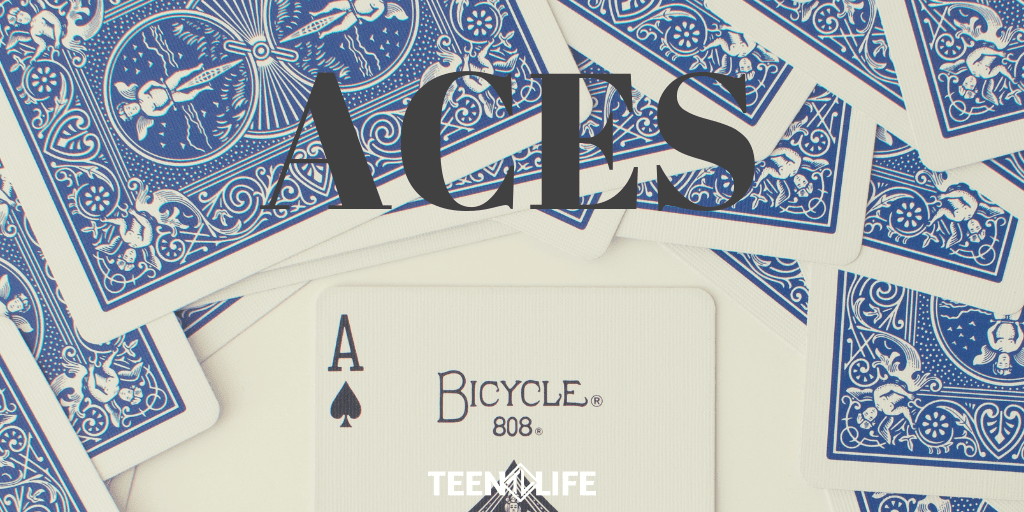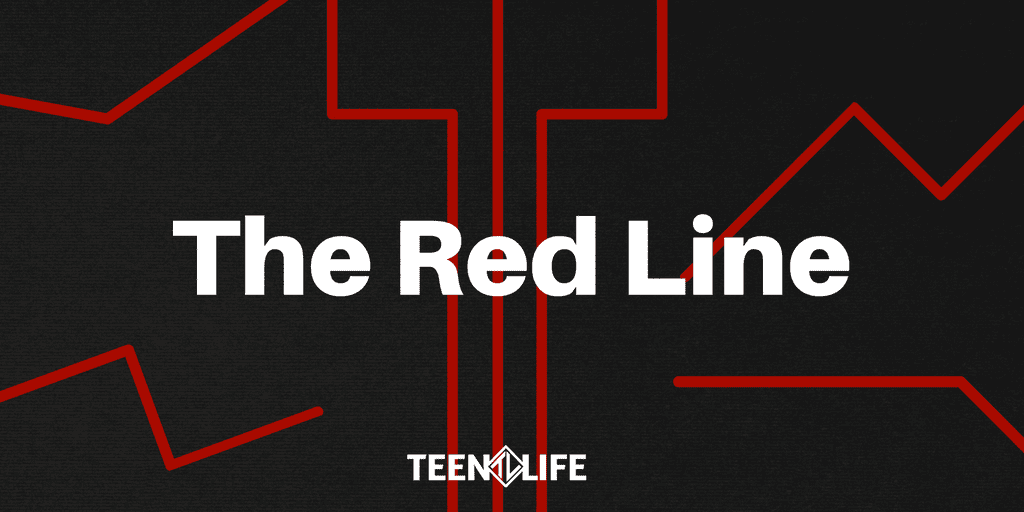
Dry January and Teens
One trend that has recently taken shape in the last couple of years is Dry January. You may be thinking to yourself, “Tobin this blog is for teens and their issues. Every month should be dry for them.” You’re right. But this month could be a good time for you as a parent to practice, model, and educate on alcohol awareness and responsible drinking.
First things first. Underage drinking is never responsible. Just setting that boundary for your teen and reminding them of the dangers of underage drinking is never a bad idea. But the temptation is definitely there for teens.
- The 2015 National Survey on Drug Use and Health revealed that 1 in 5 young Americans aged 12-20 drink alcohol regularly.
- The 2015 Youth Risk Behavior Survey goes even further, saying that 1 in 3 high school students have tried alcohol at least once.
- 10% of 8th graders have drunk within the past 30 days. That number jumps to 35% among high school seniors.
According to the National Institute on Alcohol Abuse and Alcoholism, adults ages 26 years and older who began drinking before the age of 15 years are nearly six times as likely to have an alcohol use disorder than those who waited until at least age 21 to begin drinking.
One of the biggest dangers with underage drinking is the tendency to binge drink. In fact, 90% of the alcohol consumed by teens comes from binge drinking. According to the Youth Risk Behavior Survey, 18% of high school students engaged in binge drinking within the past month.
OK, SO THAT’S SCARY. WHERE DO WE GO FROM HERE?
- BE SHOCK PROOF – We say that a lot here at Teen Life but it is always the best advice. If your teen is coming to you with an issue regarding alcohol, hear them and love them. That is the first step to getting them help. A trusted adult can go a long way when a teen is in need.
- HAVE CONVERSATIONS – Talk to your teen about the dangers of drinking. Check in regularly. Get to know the people they are spending their time with. Research shows that children of actively involved parents are less likely to drink alcohol.
- MODEL POSITIVE BEHAVIOR – If you choose to drink, make sure you drink responsibly. At times, you can turn down alcohol in social situations to show you can be sociable without alcohol.
- SETTING BOUNDARIES – Depending on the level of intervention needed, make sure alcohol is not available in your home. Supervise any parties or activities that your teen is attending. Encourage your teen to participate in healthy, fun activities that do not involve alcohol.
So whether you’re practicing Dry January or not, working with your teens on the safety of being sober is vital to their development. Always remember that being a teenager is hard. They need our help!

Tobin Hodges
Program Director
Tobin Hodges | Program Director
Tobin’s entire career has been centered around students and teens from all walks of life. He has a passion for helping teens be their best selves. As Program Director, he loves working directly with school staff and students through Teen Life Support Groups. Tobin has a Bachelor’s Degree in Music from Texas Tech University.














